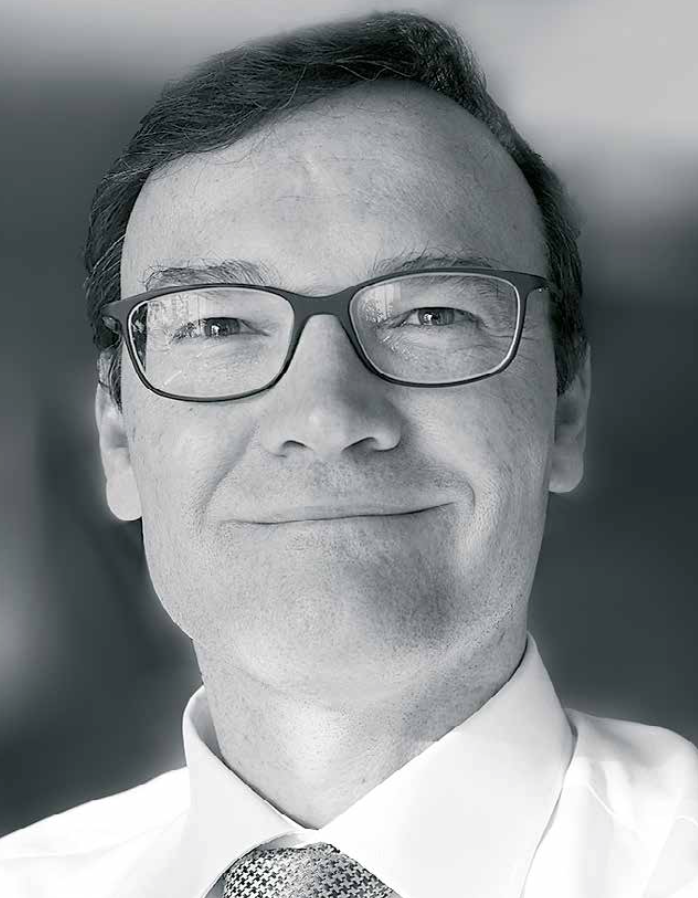A Lighting Designers Relativity of Light Performance
The LED will always be the superstar of light sources. Their precise and clear lighting possibilities have been targeted by lighting planners and architects for the past ten years. The coming years will see the performance of the LED getting progressively closer to the spectrum of daylight and that will, in turn, generate biologically effective LEDs that are even higher in contrast and promise a new kind of feel-good light.
The LED will always be the superstar of light sources. Their precise and clear lighting possibilities have been targeted by lighting planners and architects for the past ten years. The coming years will see the performance of the LED getting progressively closer to the spectrum of daylight and that will, in turn, generate biologically effective LEDs that are even higher in contrast and promise a new kind of feel-good light.
Is that true? Questions like: What is good light and which light compositions were adjusted in a room/office/factory/ parking garage would have different answers depending on whether they were answered by the contractor or the customer. In addition, lighting planners have to orient themselves on norms and coefficients. On the other hand, it is rumored that if you uphold the norms, you won’t be able to have a good lighting design. Norms cripple any good light plan, pull them apart and make lighting concepts a farce. It’s no wonder that lighting designers are grossly underrepresented in most conservative norm finding groups throughout the world. What are left are the coefficients, CRI, Kelvin, lx, lm and LVK. These have become the standard acquirement with which lighting architects differentiate when reading offers or typeset a light themselves. But coefficients are in second place when it comes to feel-good light.
Light should be evaluated on location, e.g. by using samples on site. This can convince the customer and would also be an important step in regards to implementation. The meta levels for choosing good light, like architecture, psychology and application, could be explained and shown on location. Those that don’t know the difference between the work of a light designer and a light planner are quick to judge and will conceive the group as producers of light and dark – which is utterly ridiculous. Lighting designers concern themselves with artificial light in a building and works with the position of the sun. They assess the function, creation and sense and create a complex lighting concept with diverse lighting styles. It isn’t the product that makes light, but rather an independent lighting concept that makes the benchmark.
The reason for such a relatively complicated lighting measure is simple. The LED light sources that are offered are still very different. Why? Say hello to the Plankian distribution curve. Every manufacturer has a different approach. No wonder that every one of them present their white as the most pure and efficient white. But we aren’t talking about laundry detergent here – we’re talking about feel-good light.
A 2700 Kelvin color temperature with 82 CRI, warm white, dimmable LED must be turned on differently than a 2700 Kelvin with 97 CRI that has something similar to daylight dissemination spectrum. That is the difference that even Lisel Mueller sees. Feel-good light depends on a lot of things. Finding the right LED light source as well as the fitting light concept is the A&O in the Light Designer scene right now. I hope that in five years I don’t have to tell my children what terrible LEDs we started out with that everyone thought were perfect, and today they are in
the index.
Dr. Sven Horsmann
He studied media science with a major in Journalism in Germany, the USA, France and Italy. After his studies he worked for various newspapers, public and private TV and radio stations as well as a few foundations. His main focus from 2005 onwards was architecture. In 2012 he founded the luxlumina publishing house in Switzerland and published a magazine with the same name that focuses on architecture and light.
(c) Luger Research e.U. - 2017

